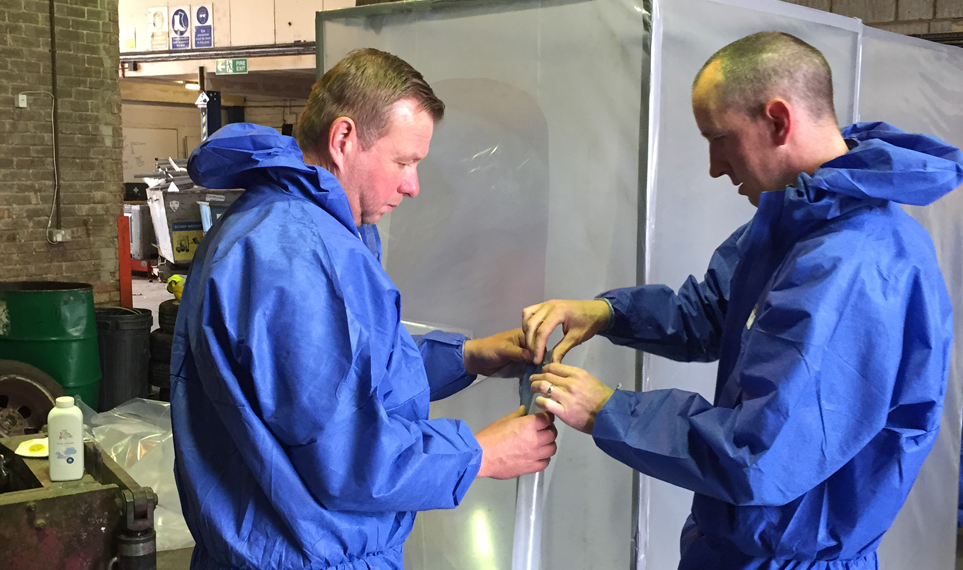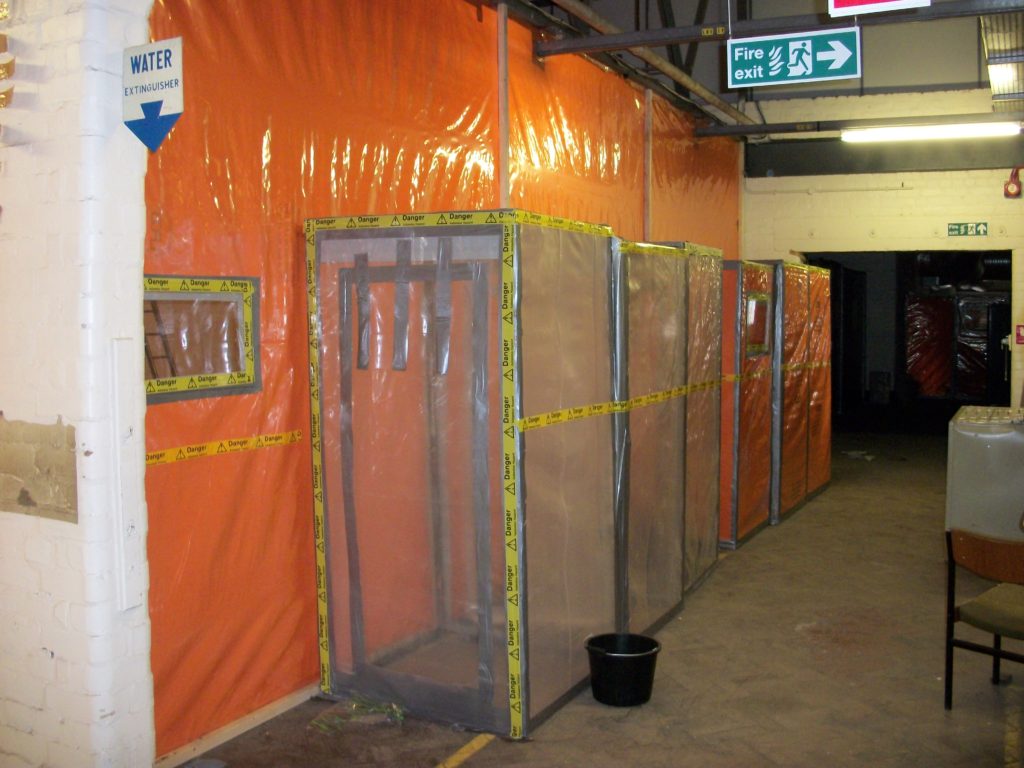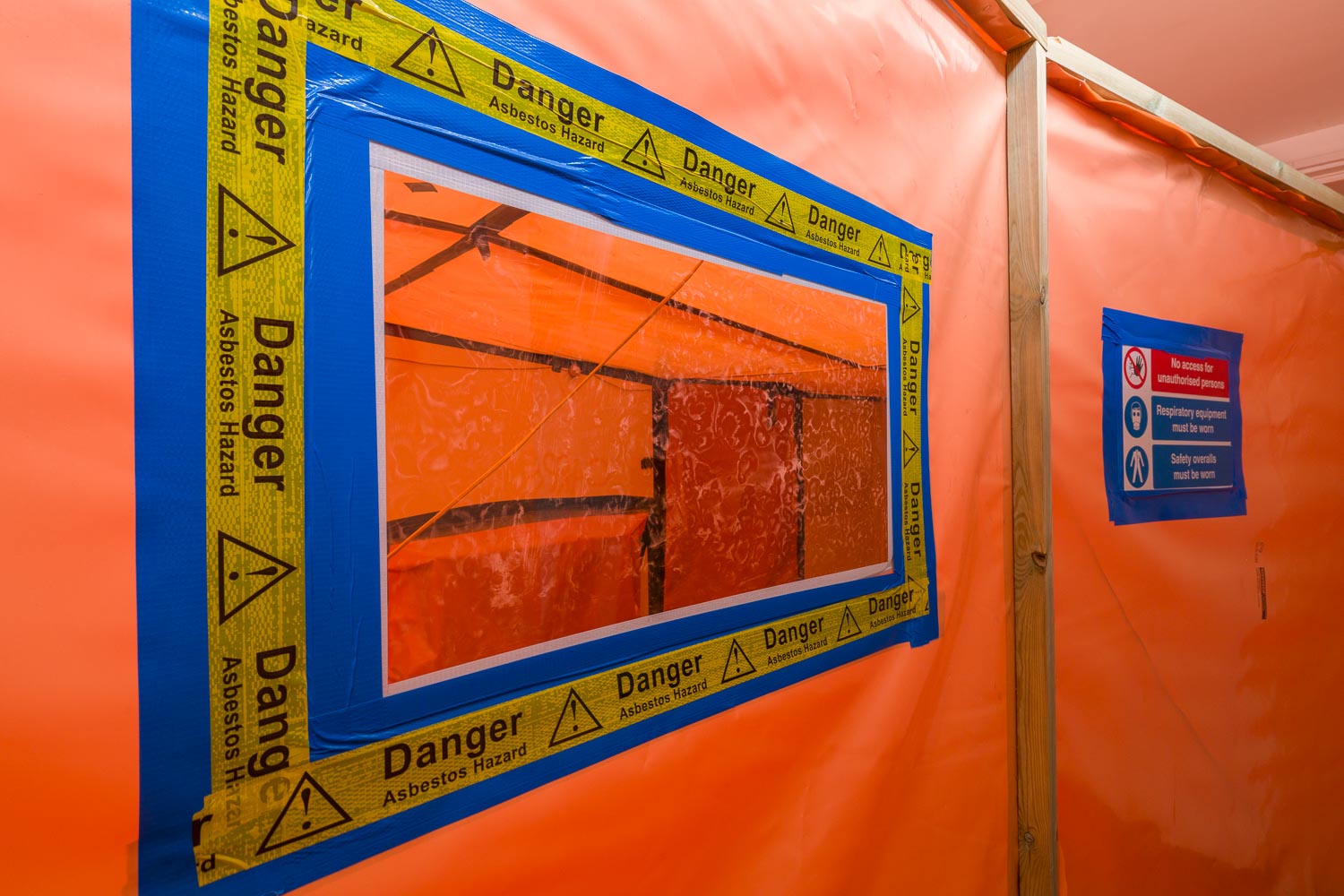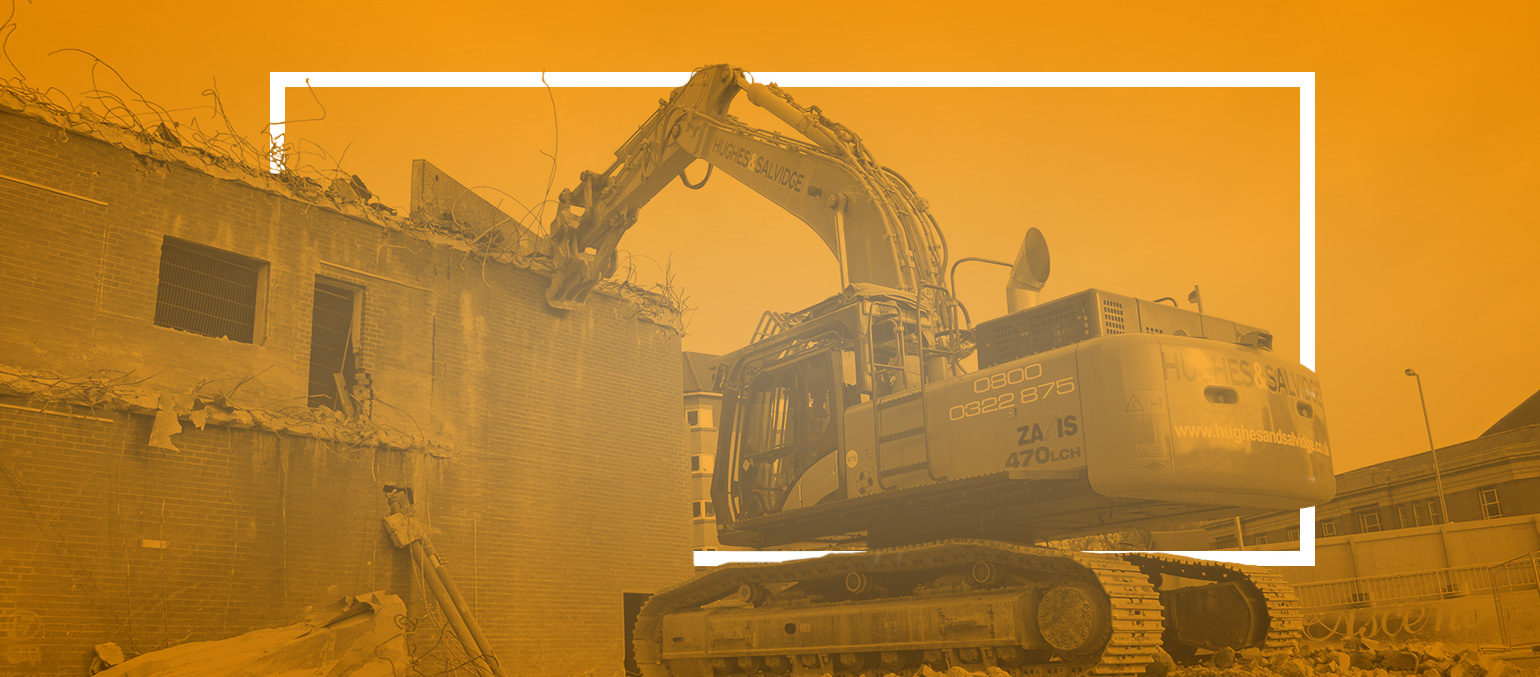How many types of asbestos are there?
Nicola Wallace 20th December 2021
Asbestos is a naturally occurring fibrous that was used throughout the construction industry, as well as other industries, until the late 90s.
Prior to its dangers coming to light, it was used in a wide range of different buildings for insulation, flooring, roofing, and was sprayed on ceilings and walls. Asbestos was widely used due to its many favourable properties such as being strong, heat resistant, and sound absorbent.
But asbestos can be deadly. In fact, asbestos exposure causes approximately 5000 deaths in the UK, every single year.

Why is asbestos hazardous?
Asbestos is extremely hazardous. When materials containing asbestos are disturbed, they can release the harmful fibres into the air, which are then inhaled by those in the area.
And, although the effects of this exposure are not immediate, exposure to asbestos can cause a wide range of serious conditions, such as mesothelioma (asbestos cancer), asbestosis, and pleural thickening.

What are the different types of asbestos?
There are six different types of asbestos:
Chrysotile (White Asbestos)
Also known as Chrysotile, white asbestos is one of the most common forms of asbestos.
Made up of curly fibres, this type of asbestos was widely used in floors, walls, ceilings, and roofs.
It is also heat resistant, so was used in cement, boiler seals, brake pads, gaskets, and asphalt. It is also found in rubber, plastics, and textiles.
Crocidolite (Blue Asbestos)
Crocidolite fibres are short and sharp, meaning they are easily lodged in the lungs if inhaled. And, because they are brittle and thin, the fibres break down easily making the risk of exposure even higher.
Blue asbestos is commonly found in pipe insulation, steam engines, spray-on coatings, and cement wallboard.
Amosite (Brown Asbestos)
Amosite, or brown asbestos, is a strong, highly heat resistant type of asbestos, mostly mined in South Africa.
It was used for insulation boards, ceiling tiles and thermal insulation. Banned in 1980, amosite’s fibres are coarse and strong, and those who are exposed to this type of asbestos have a higher risk of cancer.
Tremolite
Tremolite is a contaminant that is commonly found in chrysotile asbestos.
It is commonly found in sealants, paints, insulation, roofing materials, and talc products. It can also be spun and woven into cloth.
Anthophyllite
This asbestos is extremely dangerous and can still be found in the UK. Anthophyllite fibres form long, needle-like clusters that puncture tissue and stick to the lungs.
Anthophyllite fibres are commonly found as a contaminant in composite flooring, cement, and insulation materials. It was also used in talc and vermiculite.
Actinolite
Finally, Actinolite is commonly dark in colour but can be green, white or grey. Out of all of the different types of asbestos, this is the rarest. It forms dense, brittle, needle-like fibres, which are found in paints, sealants, drywall, and plasterboard.
At Hughes and Salvidge, every project we work on is planned with meticulous attention to detail, ensuring we don’t leave anything to chance when it comes to asbestos safety. To find out more about asbestos removal or any of our other services, please get in touch.



